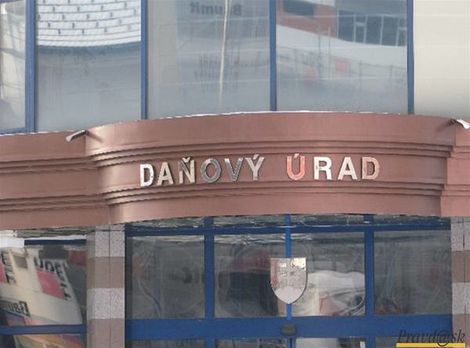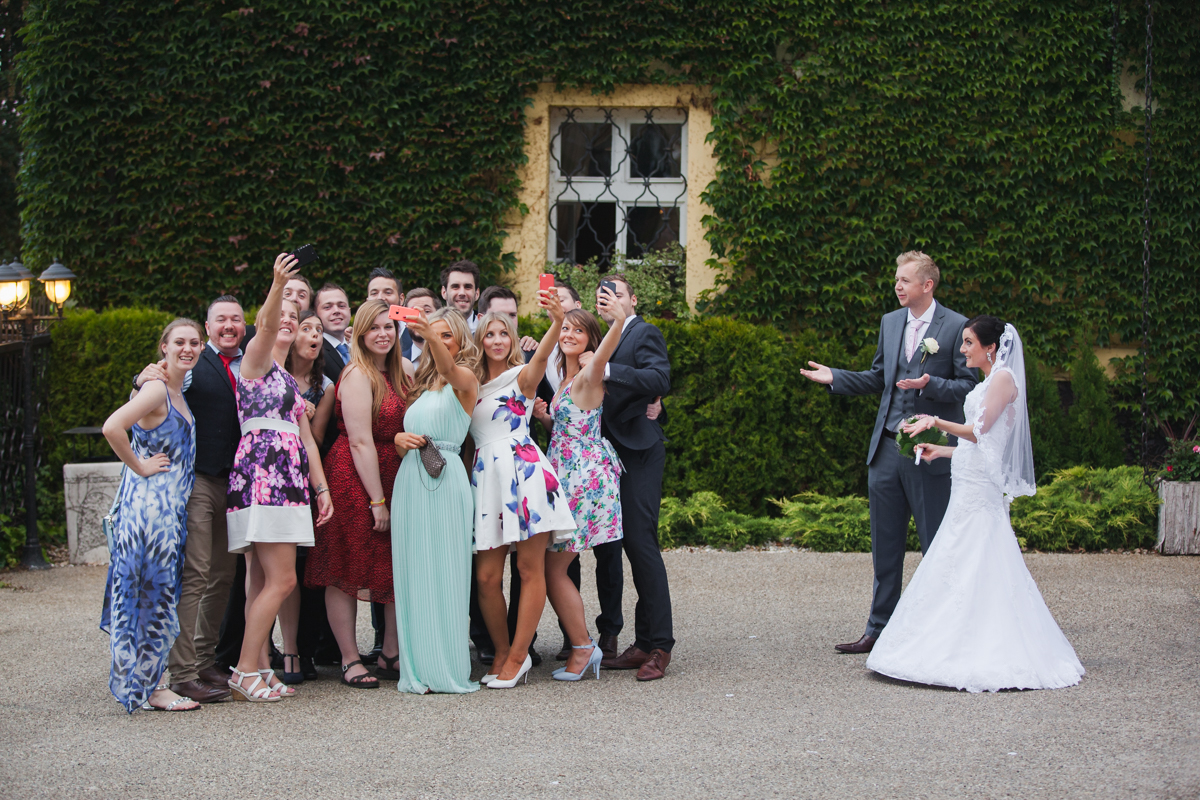
There were some offices with no school at all (Slopnâ, Kolârovice, Kvacany and others) and some offices with not one but two schools (Lip-tovsky Mikulâs and Okolicné, Dolny Kubin and Zâskalie).

The number of parish offices and schools depended on the political situation. ġ A superintendency is a district under the jurisdiction of a superintendent, the head of a dioceses of the Evangelical Church.

They were quite independent and the superintendent (Bernat, 2007) was their only connection. The lesser autonomous districts were called seniorates There were three sen-iorates in the region of Trencin - Hornotrencianske, Dolnotrencianske and Hradnanske. Geographically, we will concentrate on the families in the regions of Trencin, Liptov and Orava, which formed a separate superintendency1. In the 16 th century Lutheran teachers faced fundamental changes as a consequence of the reformation, and one of its demands in particular - the end of the celebacy of clergymen, who represented a section of the intelligentsia, the elite, and constituted a class concerned with pastoral activities and education The aim of this article is to investigate how the class of Lutheran teachers and their family relationships were established The socio-economic status of this group will not be considered since it requires a study of its own. Keywords: teacher, clergyman, family, school, study, teaching post, reformation, Catholic Reformation It describes the formation of the families and their background. (illustrated by the example of the Trencin, Liptov and Orava superintendency)Ībstract: The article deals with changes in the status of teachers and the shaping of Lutheran families of teachers in the 16 th and 17 th centuries in the Trencin, Liptov and Orava districts of the superintendency. In 1520, Juraj Turzo arranged the construction of a chapel on the spot in 1745 the Jesuits enlarged the chapel into its current shape and built the two towers.Īuthor: Mgr.The shaping of the Lutheran teaching profession and Lutheran families of teachers in the 16th and 17th centuries Malá Skalka is a two-tower church built in the Romanesque style. In 1664, the Jesuits reconstructed the whole object and in 1717 they reconstructed the "St. The church was built in 1224, in Gothic style. Veľká Skalka – a little church, a monastery, and a cave. After the dissolution of the Jesuits Order the spiritual bloom and the period of the greatest renown of Skalka ended. They gradually reconstructed both Malá Skalka and Veľká Skalka. In 1645, the Jesuits arrived at Skalka they renovated the monastery and the adjacent buildings and constructed the Calvary. From 1528 to 1645, the monastery estates were in hands of various people. General Katzianer captured the Trenčiansky hrad castle in 1528 and dispersed the Benedictines of Skalka. However, in 1421 the rich Skalka monastery did not remain unaffected by the Hussite wars. They preached the Gospel, carried on missions. The quiet and god-fearing life of the monks was not disturbed for a hundred years.

The development of the monastery was interrupted by the Tatar invasion. The monastery was deemed to be of great importance and it became the spiritual center of the Považie region. The Benedictine abbey at Skalka was founded in 1224 by the bishop of Nitra Jakub I. It consists of two objects: Malá Skalka and Veľká Skalka. The oldest pilgrim site in Slovakia - Skalka is located on the way from Trenčín to Nemšová.


 0 kommentar(er)
0 kommentar(er)
